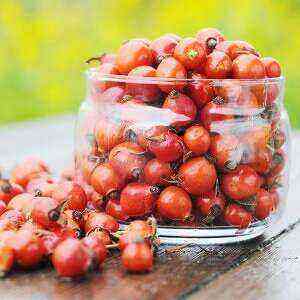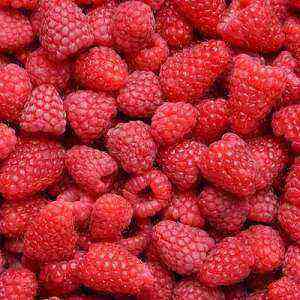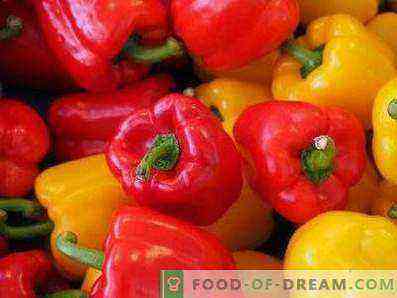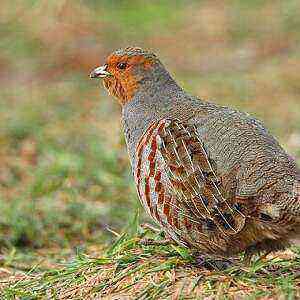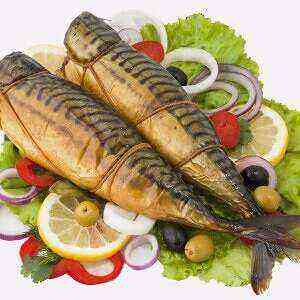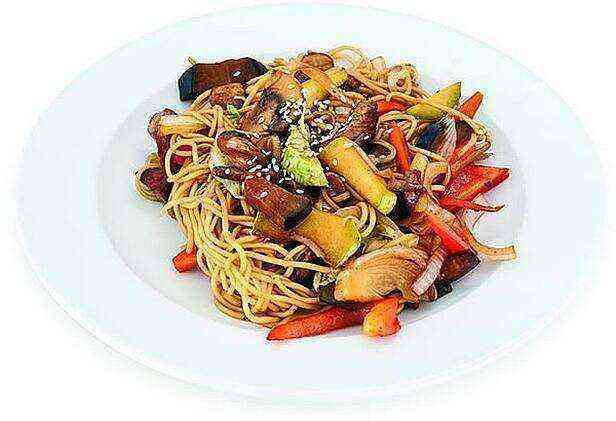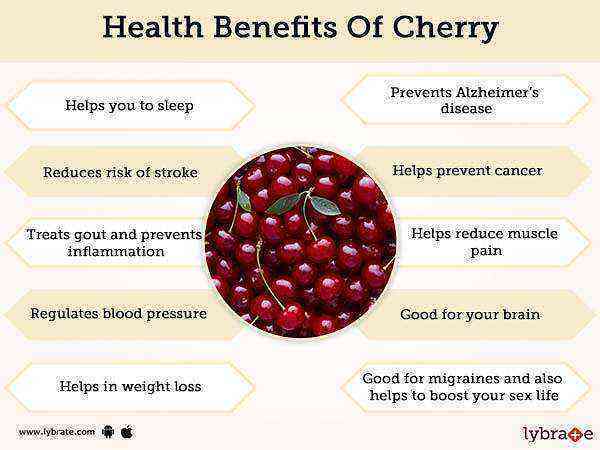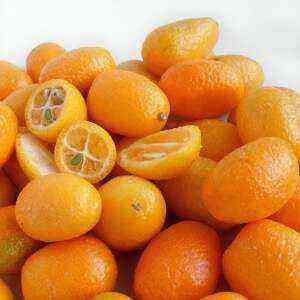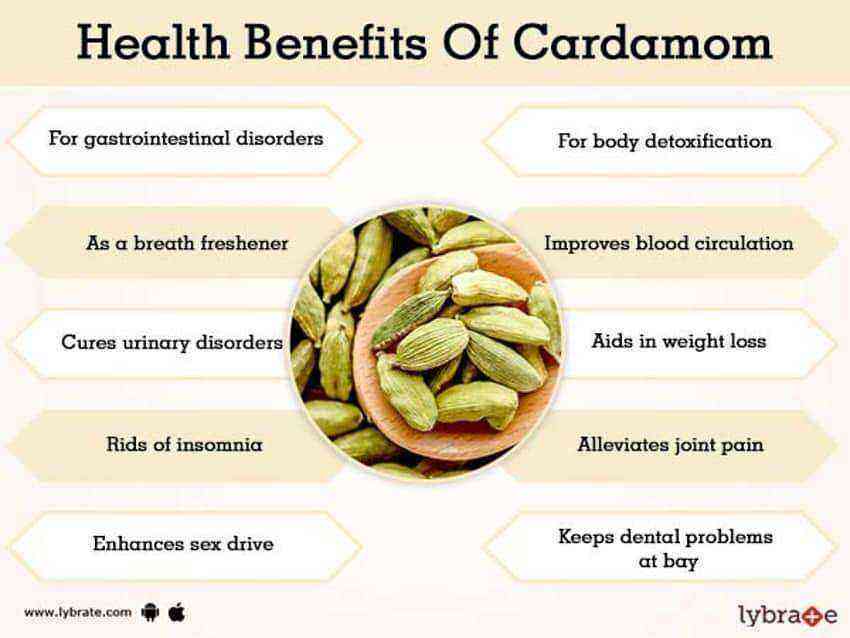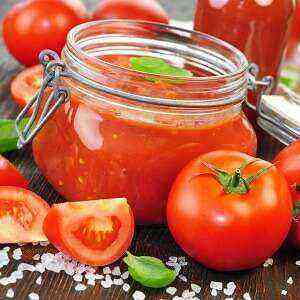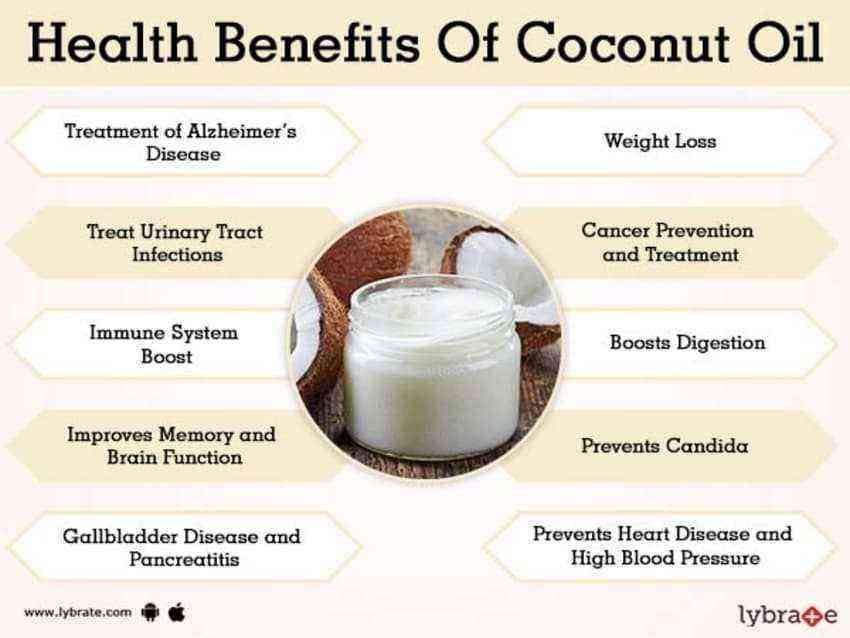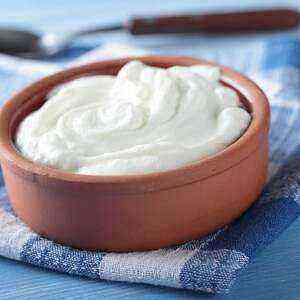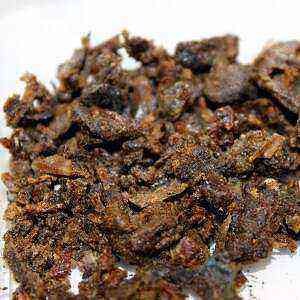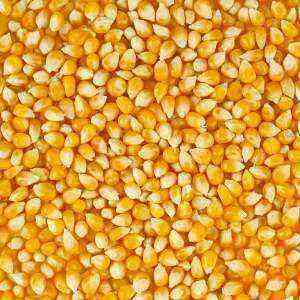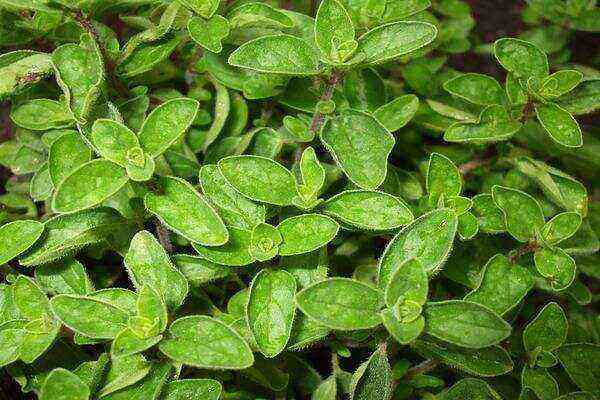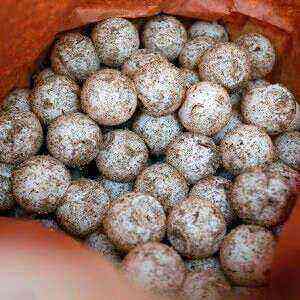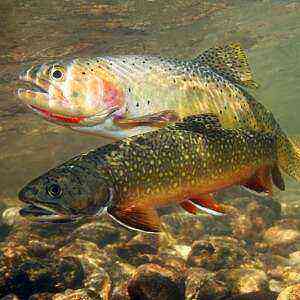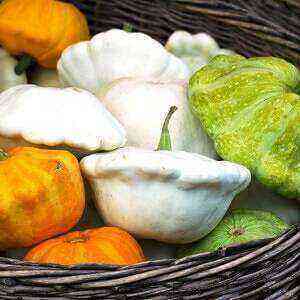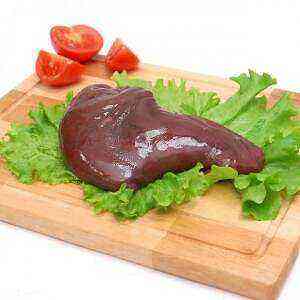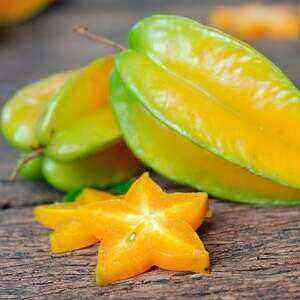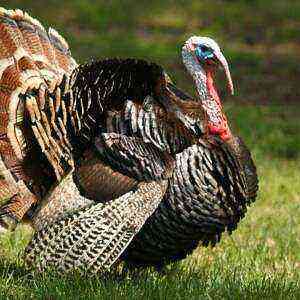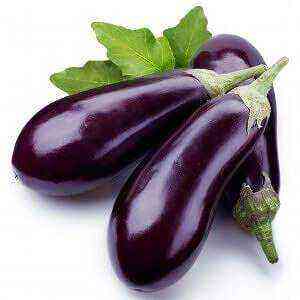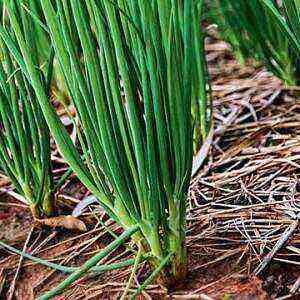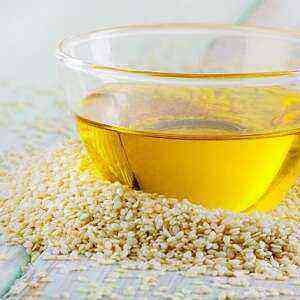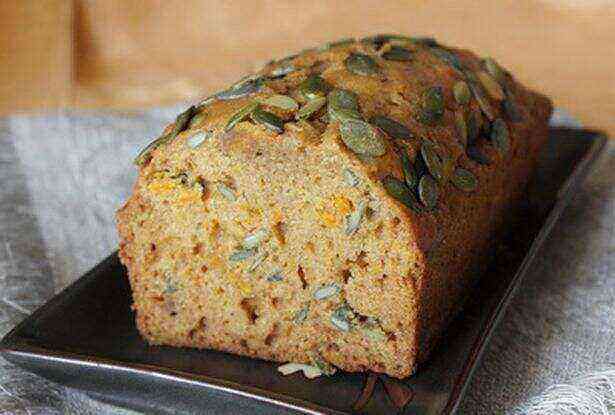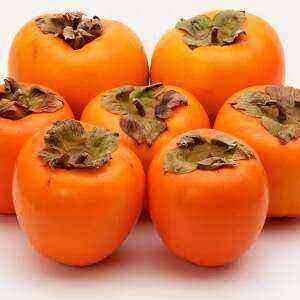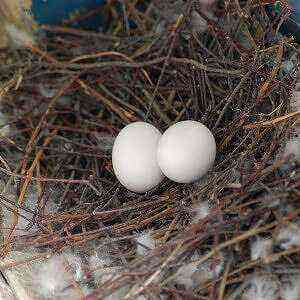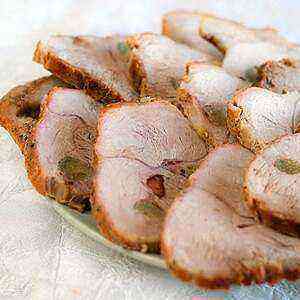
The weight of one product varies from 0,2 to 2 kilogram.
The energy value of the tongue is lower than that of meat and depends on the type of animal. Often on sale there are pork and beef offal, less often – mutton.
The tongue is a source of protein, iron, zinc and B vitamins, therefore, it must be included in the daily diet of children, pregnant women, people with anemia who underwent surgery. Offal is sold fresh, frozen. This is a universal raw material for the preparation of appetizers, salads, hot dishes, pies, aspic, canned food, sausages.
The duration of heat treatment depends on the freshness of the tongue. Interestingly, cooking increases the caloric content of the by-product 1,5 times.
Chemical composition
Table № 1 “Comparative characteristics of the language by type of animal and method of processing offal”
Name
Energy value, calories
Protein gram
Fats gram
Carbohydrate gram
Beef tongue (raw) 146 12,2 10,9 0 Pork tongue (raw) 165 16,5 11,1 0 Lamb tongue (raw) 195 12,6 16,1 0 Beef tongue (boiled) 231 23,9 15,0, 0 302 Pork tongue (boiled) 26,0 22,0 0 XNUMX
Table No. 2 “Nutritional value of the language by type of animal”
Components
Content in 100 grams of product, grams
Beef
Pork
Mutton
Вода
68,80
65,10
67,90
Заменимые аминокислоты
7,21
8,35
7,59
Зола
0,9
0,9
0,9
Незаменимые аминокислоты
9,55
9,18
9,21
Холестерин
0
0,05
0,05
Насыщенные жирные кислоты
4,8
5,1
4,9
Мононенасыщенные жирные кислоты (в том числе Омега-9)
5,91
7,5
6,1
Полиненасыщенные жирные кислоты
0,64
2,08
1,62
Омега-3
0
0,08
0
Омега-6
0,64
2,0
1,10
Table № 3 “The chemical composition of the language by type of animal”
Name
Nutrient content in 100 grams of product, milligrams
Beef
Pork
Mutton
Vitamins
Пантотеновая кислота (В5)
1,98
0
0
Токоферол (E)
0,4
0,9
0
Рибофлавин (B2)
0,3
0,36
0,4
Ниацин (B3)
4,8
4,4
5,19
Цианокобаламин (B12)
0,0047
0,0008
0
Тиамин (B1)
0,12
0,15
0,1
Пиридоксин (B6)
0,15
0,3
0
Фолиевая кислота (B9)
0,006
0,003
0
Macronutrients
Калий
255
178
0
Фосфор
224
166
66
Кальций
8
11
9
Сера
160
159
126
Хлор
251
0
0
Магний
19
22
23
Натрий
100
93
0
Trace Elements
Железо
4,1
3,2
4,8
Медь
0,090
0
0
Молибден
0,016
0,0198
0
Олово
0,009
0
0
Хром
0,019
0
0
Цинк
4,84
0
0
Марганец
0,05
0
0
Кобальт
0
0,003
0
Useful Properties
Substances included in the offal (lecithin, vitamins, minerals, proteins, fats) have a positive effect on the human body.
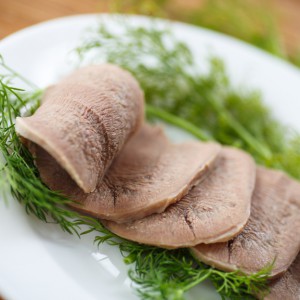
- activates the production of insulin, due to which the concentration of sugar in the blood is normalized;
- restores the number of blood cells;
- supports normal vitamin and mineral balance;
- regulates carbohydrate, fat metabolism;
- improves the condition of the skin, hair;
- reduces the level of cholesterol in the blood;
- improves tissue regeneration (accelerates wound healing);
- reduces the formation of free radicals;
- provides muscles with building material (protein).
In addition, the amino acids that make up the pulp offal are involved in the synthesis of complex enzymes necessary for the construction of tissues and cellular structures of the body. Protein performs the transportation of mineral salts, vitamins, lipids to organs. Essential amino acids are involved in the formation of hemoglobin, the flow of metabolic reactions. With insufficient intake of proteins with food, the barrier function of the liver weakens, dystrophy develops, the functioning of the endocrine glands worsens, and the body’s growth slows down (in childhood and adolescence).
Potential damage
Beef tongue is a dietary product that can only harm health if consumed excessively. In addition, its harm manifests itself if the animal was fed with antibiotics, hormones, pesticides. The tongue contains 3 times more fat than the liver, which is converted into cholesterol. Therefore, it is recommended to remove the skin from it before processing the raw material.
Pork by-product is contraindicated in atherosclerosis. In addition, it is excluded from the diet of people suffering from cholecystitis, liver disease.
The pork tongue contains a lot of histamine, which stimulates the development of allergic reactions.
And they, in turn, cause appendicitis, thrombophlebitis, abscess, dermatitis, eczema.
F.A.Q.
Is it possible to replace animal protein (meat, tongue) with vegetable (nuts, soy)?
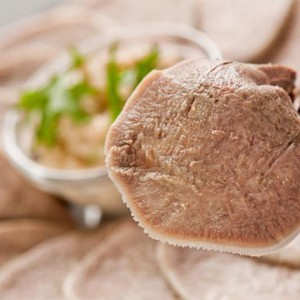
Remember, on the digestibility and composition of amino acids, no vegetable protein can replace animal. Complete refusal of meat, fish and offal from them leads to the fact that the cells do not have enough plastic material to build structures, decreases efficiency, increases weight loss, suffers endocrine system, disrupts hormone production (progesterone, estradiol), slows metabolism, appears dry skin, decreased tolerance of cold.
Who is useful to use by-product?
Doctors recommend including boiled tongue in the diet of athletes and people with iron deficiency anemia, heart disease and digestive tract (ulcer, gastritis).
In addition, it is a must-have product of the daily menu of pregnant women and children.
100 grams of by-product contains up to 40% of the daily requirement of molybdenum, chromium, iron and phosphorus, which are required for tuberculosis, nephrosis.
The language supplies the human body with protein, fills with force. Beef offal is useful to all people who are not allergic to the product.
Older women and men should refrain from eating swine and mutton language, because they contain harmful fats that are transformed into cholesterol and adversely affect the cardiovascular system, which reacts sensitively to the level of organic compounds after 60 years.
What is a safe daily rate?
Per day is recommended to use from 100 to 250 grams of offal.
The daily rate depends on the state of health, age, weight category, level of physical activity of a person. 100 grams of the language contains 100% of the daily requirement of cyanocobalamin, up to 40% of other B vitamins, iron, phosphorus.
How to store?
Rinse the raw tongue under water, divide into portions, put each of them in a plastic bag, put it in a fridge to freeze.
Language – a product for weight loss or weight gain?
There is no unequivocal answer to this question. It all depends on the amount of by-product used.
The tongue contains protein, which acts as a building material for the muscles.
However, to gain weight, you need to comply with the 2 conditions: exercise regularly, eat right (enrich the diet with foods rich in protein, complex carbohydrates and beneficial unsaturated fatty acids).
For weight loss, pay attention to protein nutritional techniques (Ducane, Maggie). The diets of these diets are exclusively high protein foods. The principle of action of the protein scheme is based on a sharp restriction or complete exclusion from the menu of products containing carbohydrates and fats. As a result, the human body, lacking these nutritional components, is forced to expend its own “reserves” (in the form of fat deposits) for energy production.
Thus, the language is a dietary product that is used both for weight gain and for dropping extra pounds.
How to cook?
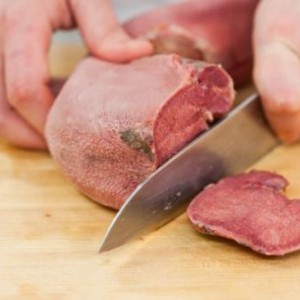
Recommendations on how to cook the language:
- Rinse under running water. At this stage, do not peel the by-product, since part of the pulp can be cut with a film.
- Soak the tongue on the 30 minutes, so it will get softer and more tender in taste.
- Boil in water. Salt only in finished form. The cooking time depends on the freshness and size of the product and ranges from 1,5 to 3,5 hours (pork) and from 2 to 4 hours (beef).
In order not to worsen the taste of meat delicacy do not allow a strong boil. Water should only boil a little. Do not forget to remove foam with a skimmer during the cooking period.
To eliminate unpleasant odors and harmful substances, the first broth is drained.
- 30 minutes before the end of cooking, onions, bay leaves, carrots and celery root are added to the broth. They will improve the taste and aroma of the dish.
- Put the prepared tongue in cold water on 2 – 5 minutes, remove the skin. If the film from the by-product does not lag behind, it means that it is not a substitute.
 How to serve?
How to serve?
Tongue peeled from the skin is cut from the tip, like a sausage, placed in a dish on lettuce leaves. Horseradish, mustard, basil, Italian herbs, thyme are seasoned. The thickness of the slices depends on individual preferences. For salad, the tongue is cut into cubes, straws.
On the basis of the broth remaining after cooking, cook soup, aspic. Also it is used for refueling julien.
The tongue harmoniously combines with the following products: mushrooms, cheese, eggs, avocados, pickles, herbs, garlic, mayonnaise. Any meat salad will acquire a new original taste if the main ingredient is replaced with this by-product.
Criterias of choice
When buying a language, pay attention to the following indicators:
- Colour. A fresh by-product is purple or pink in color, even over the entire surface, without dark patches. Gray color indicates the failure of the product, pale pink – about freezing. The more purple the color of the tongue, the more iron it contains.
- Smell. High-quality by-product emits a meaty, fresh flavor. Foreign notes (sourness, mustiness) indicate damage to the product.
- Consistency. The by-product should be firm and firm to the touch. A soft tongue indicates that the product has been repeatedly frozen-defrosted. When pressed on the surface of the fresh product, a fossa forms, which is immediately smoothed.
- The juice. When an incision, a quality tongue secretes a clear juice, without blood. The appearance of turbid liquid indicates the lack of freshness of the product, violation of storage conditions (temperature).
- Stamp sanitary service. This label means that the animal was healthy, which means that meat and offal from it can be eaten.
- Shelf life. The product is stored 5 days at temperatures from 0 to + 5 degrees Celsius. If the package indicates a longer period, it means the introduction of preservatives in raw materials.
Do not seek to buy too large a language, since it is most likely from the old animal. In this product, there are practically no nutrients, besides, he prepares for a long time.
Conclusion
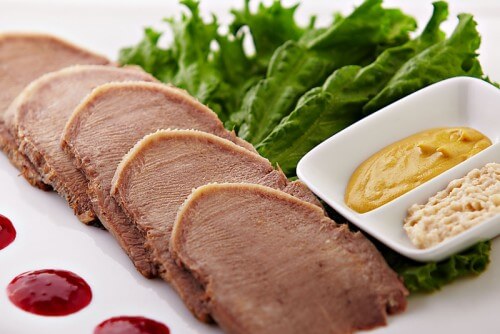
The greatest value for humans is provided by the beef tongue of a young animal, which includes the maximum amount of vitamins, macro- and microelements.
Before cooking, be sure to rinse the by-product, cut off the residue of dried blood. The skin is removed after heat treatment, so as not to damage the structure of the product.
Properly cooked tongue is a delicacy, soft consistency, which is easily digested without burdening the human digestive tract. The by-product is useful for dermatological disorders, abnormalities in the pancreas, cardiovascular system. It is recommended to prepare the language immediately after purchase, as freezing on 30 – 50% reduces the amount of nutrients in the product.
To eliminate the odor, the offal is soaked in water for half an hour or rubbed on the surface with lemon. To improve the taste in the broth add spices, herbs. Cook under a tightly closed lid 2,5 – 4 hours, depending on the size of the piece, the age of the animal. Salt only after cooking, otherwise the language will lose its juiciness, it will become rubbery to the taste.
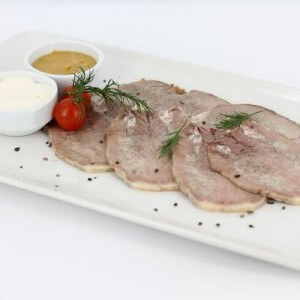 How to serve?
How to serve?

